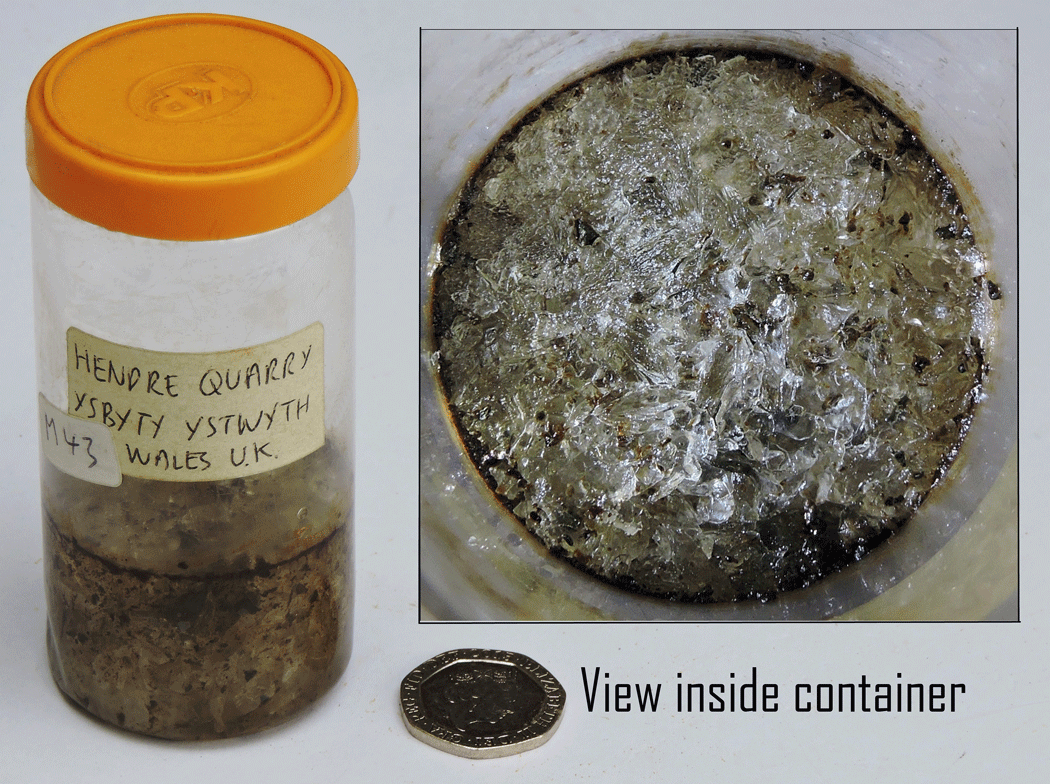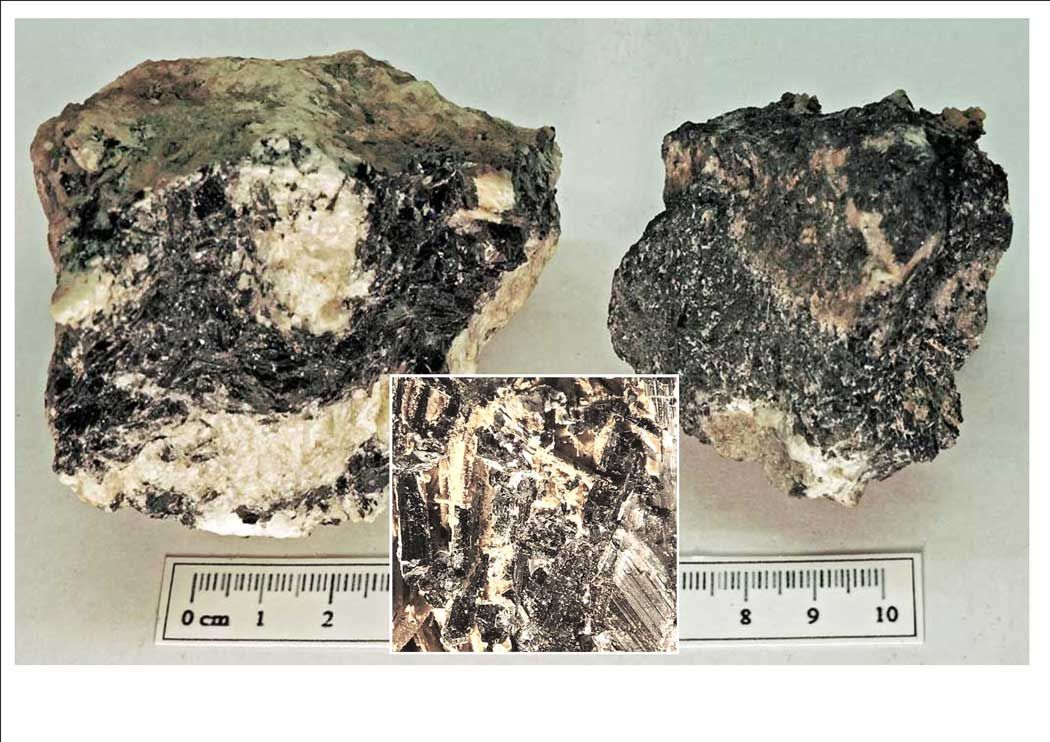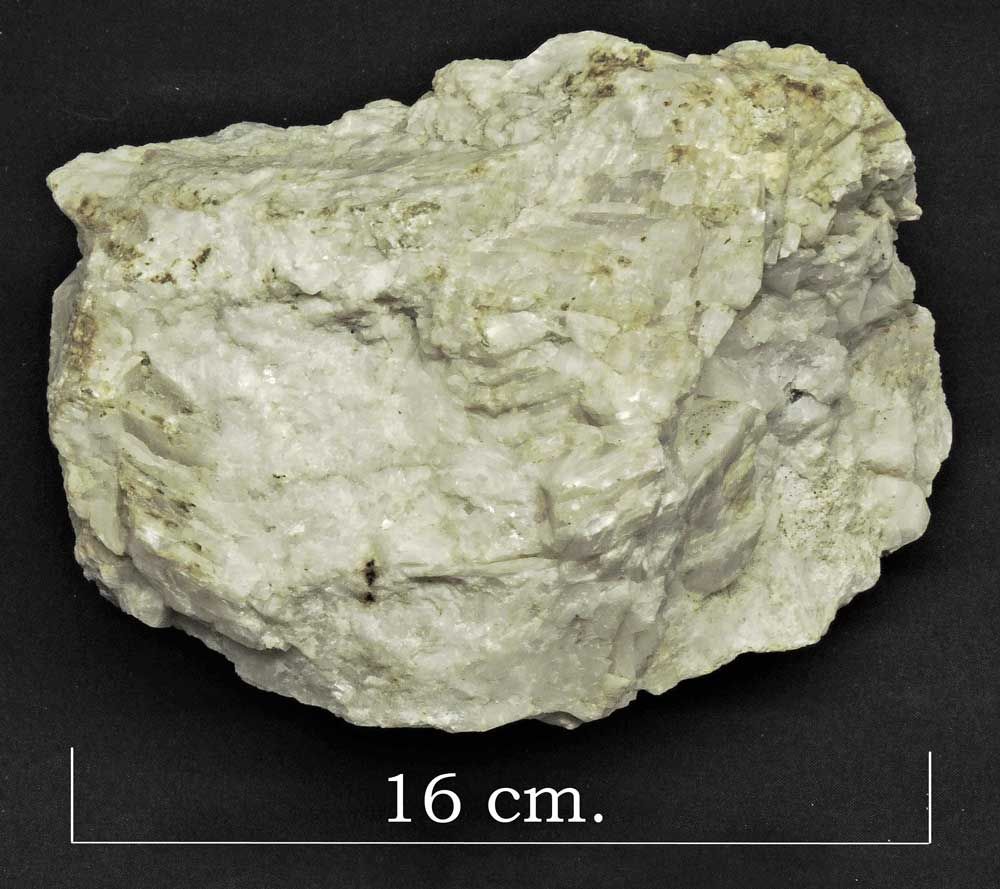
Calcite ( precipitated ), Ystrad Meurig.
Calcite, CaCO3 Calcium carbonate in precipitated form. A little bit of a novelty in my collection, this specimen was first collected in liquid form, oozing out of the quarry face at Ystrad Meurig in Ceredigion. After a few months the specimen hardened as the liquid dried out, leaving calcite in an irregular form. That was back in 2005, and ever since it has hardened even more.



